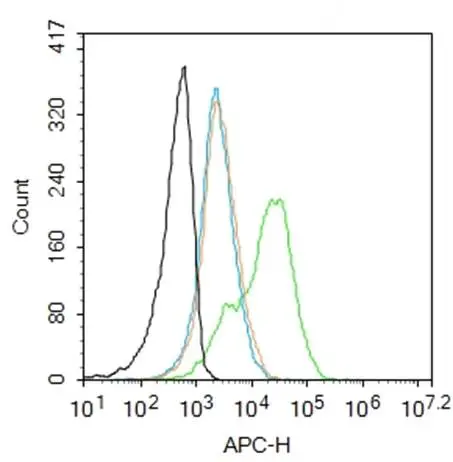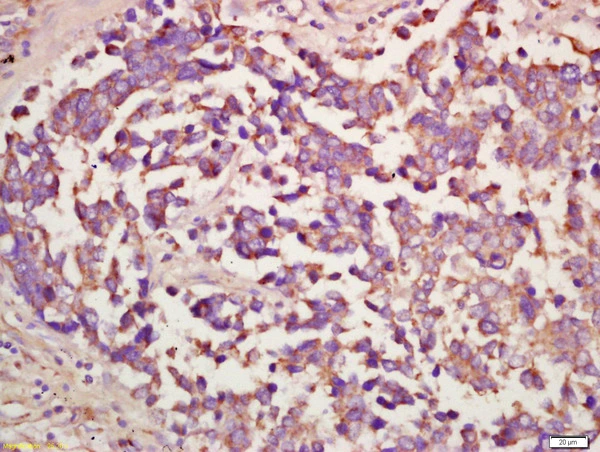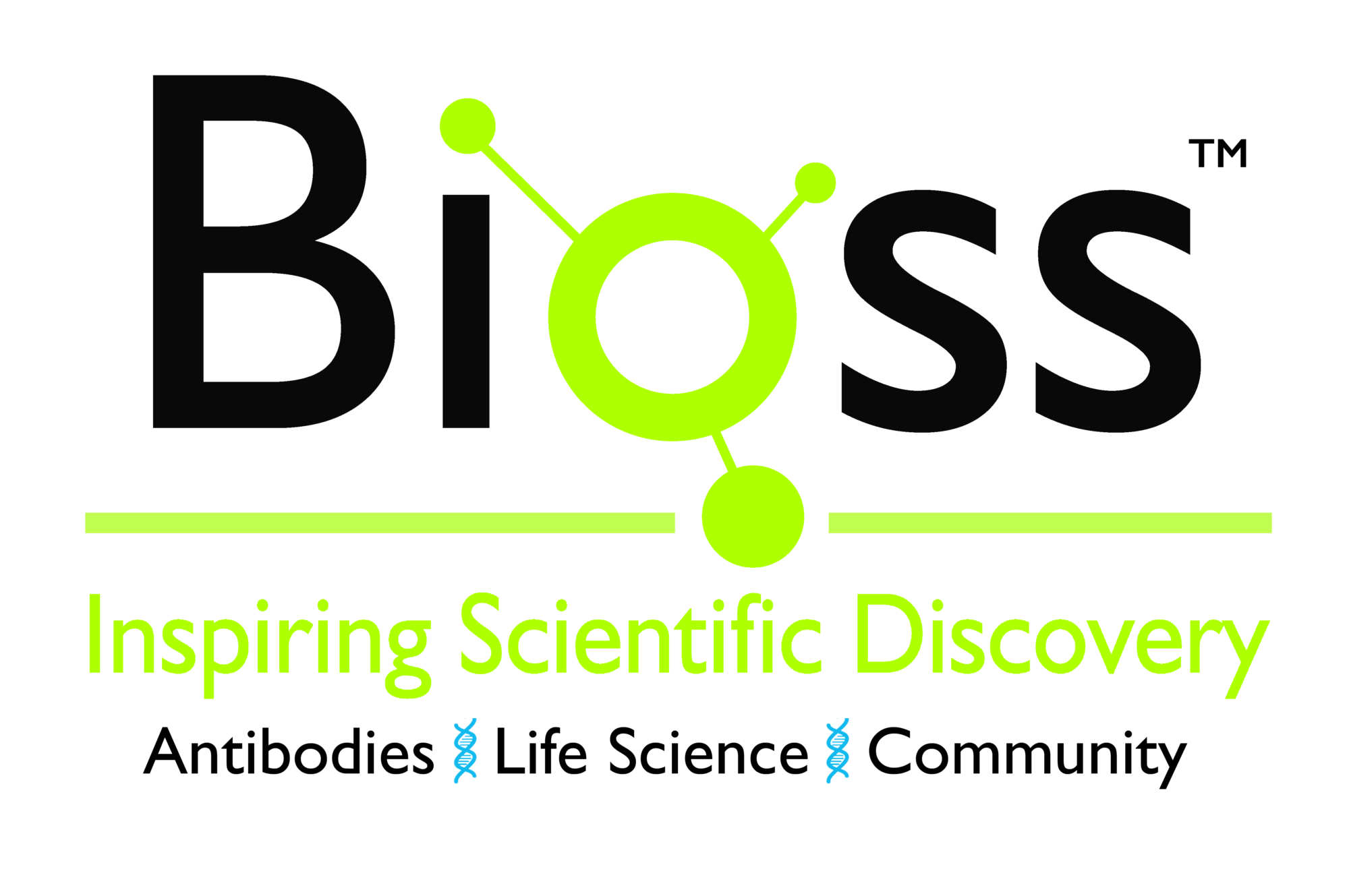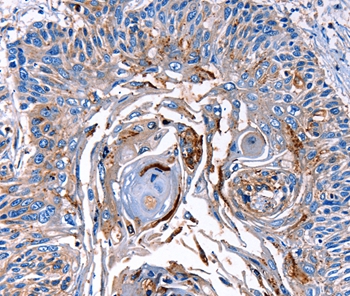
FACS analysis of mouse kidney cells using GTX04759 LRP2 antibody. Green : Primary antibody Orange : Isotype control Blue : Secondary antibody only Black : Unlabeled cells Dilution : 1:50
LRP2 antibody
GTX04759
ApplicationsFlow Cytometry, ImmunoFluorescence, ImmunoCytoChemistry, ImmunoHistoChemistry, ImmunoHistoChemistry Paraffin
Product group Antibodies
ReactivityHuman, Mouse
TargetLRP2
Overview
- SupplierGeneTex
- Product NameLRP2 antibody
- Delivery Days Customer9
- Application Supplier NoteICC/IF: 1:50-1:200. IHC-P: 1:200-1:400. FACS: 1:20-1:100. *Optimal dilutions/concentrations should be determined by the researcher.Not tested in other applications.
- ApplicationsFlow Cytometry, ImmunoFluorescence, ImmunoCytoChemistry, ImmunoHistoChemistry, ImmunoHistoChemistry Paraffin
- CertificationResearch Use Only
- ClonalityPolyclonal
- Concentration1 mg/ml
- ConjugateUnconjugated
- Gene ID4036
- Target nameLRP2
- Target descriptionLDL receptor related protein 2
- Target synonymsDBS, GP330, LRP-2, low-density lipoprotein receptor-related protein 2, Heymann nephritis antigen homolog, calcium sensor protein, glycoprotein 330, megalin
- HostRabbit
- IsotypeIgG
- Protein IDP98164
- Protein NameLow-density lipoprotein receptor-related protein 2
- Scientific DescriptionThe protein encoded by this gene, low density lipoprotein-related protein 2 (LRP2) or megalin, is a multi-ligand endocytic receptor that is expressed in many different tissues but primarily in absorptive epithilial tissues such as the kidney. This glycoprotein has a large amino-terminal extracellular domain, a single transmembrane domain, and a short carboxy-terminal cytoplasmic tail. The extracellular ligand-binding-domains bind diverse macromolecules including albumin, apolipoproteins B and E, and lipoprotein lipase. The LRP2 protein is critical for the reuptake of numerous ligands, including lipoproteins, sterols, vitamin-binding proteins, and hormones. This protein also has a role in cell-signaling; extracellular ligands include parathyroid horomones and the morphogen sonic hedgehog while cytosolic ligands include MAP kinase scaffold proteins and JNK interacting proteins. Recycling of this membrane receptor is regulated by phosphorylation of its cytoplasmic domain. Mutations in this gene cause Donnai-Barrow syndrome (DBS) and facio-oculoacoustico-renal syndrome (FOAR).[provided by RefSeq, Aug 2009]
- ReactivityHuman, Mouse
- Storage Instruction-20°C or -80°C,2°C to 8°C
- UNSPSC12352203






![FACS analysis of Reh (left panel) and Caco-2 (right panel) cells using GTX04758 LRP2 antibody [ARC63830]. Orange : Primary antibody Blue : Isotype control Red : Unlabeled cells Dilution : 2 microg/mL for 10? cells](https://www.genetex.com/upload/website/prouct_img/normal/GTX04758/GTX04758_20240216_FACS_27_24021523_445.webp)

